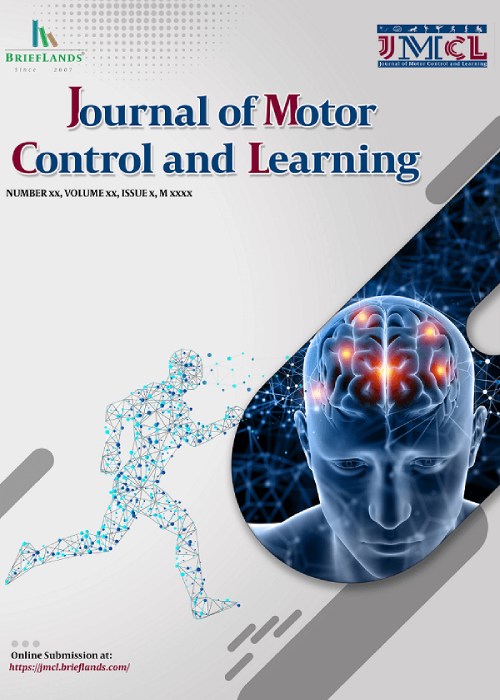Heart Rate is Distinctly Influenced by Complexity of Instructions and Direction of Attentional Focus
Contemporary theories propose that adopting an external focus of attention allows the body’s system to self-organize, resulting in more efficient and automated control of motor behavior. In that context, our purpose in this study was to measure heart rate to test whether altering focus of attention would elicit a physiologic response during a static balancing task.
Twenty-three college aged participants (M = 23.3 ± 5.63 years) balanced on an AccuSway Balance Platform while performing a secondary supra-postural task. Center of pressure (COP) and heart rate was measured throughout each trial. Participants completed three baseline trials followed by three trials in each of two experimental conditions presented in a counterbalanced order. In the baseline trials, participants were instructed to “maintain your balance to the best of your ability.” Internal focus (IF) instructions were “focus on minimizing movement of your hand, while maintaining your balance to the best of your ability.” External focus (EF) instructions were “focus on minimizing movement of the sheet, while maintaining balance to the best of your ability.”
Results indicated: (a) a significant change in heart rate during trials in all conditions, p < .001, (b) a significantly lower heart rate for trials completed in the baseline condition compared to trials completed under either the IF or EF instructional set, p < .001, and (c) a significantly more rapid lowering in heart rate during trials completed under EF instructions compared to IF instructions, p < .001. There were no significant differences in the COP between any of the conditions (p >0.05).
The results of this study demonstrate that the complexity and attentional direction of instructions may differentially influence heart rate responses during motor performance. Further explanations and implications for future research are discussed.
- حق عضویت دریافتی صرف حمایت از نشریات عضو و نگهداری، تکمیل و توسعه مگیران میشود.
- پرداخت حق اشتراک و دانلود مقالات اجازه بازنشر آن در سایر رسانههای چاپی و دیجیتال را به کاربر نمیدهد.


